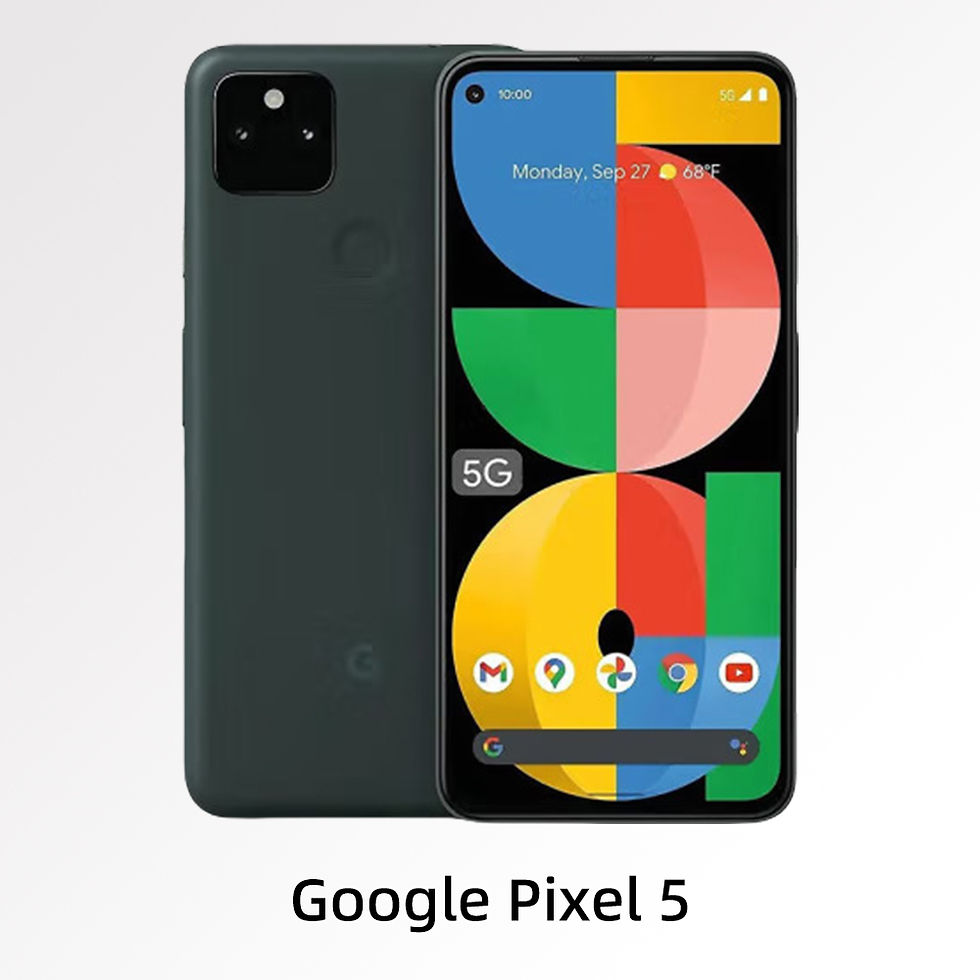Want to know what determines if your phone has NFC capability? Check it out!
- Feb 6
- 2 min read
There are several reasons why some phones support NFC and others do not:

Cost Factors
Hardware cost: The realization of NFC function requires additional hardware support, such as NFC chip, antenna, etc. These hardware components will increase the manufacturing cost of the phone. These hardware components will increase the manufacturing cost of the phone. For some low-end cell phones that focus on price advantage, manufacturers usually choose to omit the NFC function in order to control the cost and reduce the selling price to attract more price-sensitive consumers.

R&D and testing costs: In addition to hardware costs, integrating NFC functionality into cell phones requires R&D and testing costs to ensure the stability and compatibility of NFC functionality. For some small cell phone manufacturers or those with limited budgets, they may not be able to afford these additional costs.
Market Positioning and Demand Factors
Market Positioning: The market positioning of different cell phones is different. Some cell phones are mainly targeted at the middle and low-end markets, and their target user groups are more sensitive to the price and have a relatively low demand for NFC functions. However, medium and high-end models are usually equipped with richer functions, including NFC functions, to meet the higher requirements of users for cell phone functions.
Differences in regional demand: Market demand varies in different regions. In some developed countries and regions, such as Japan, South Korea, the United States, etc., NFC payment and related applications have become more popular, and users have higher demand for NFC functions, so cell phone manufacturers will equip more cell phones with NFC functions sold in these regions. In some developing countries or regions, alternative methods such as QR code payment are more popular, and the demand for NFC functions is relatively low, so manufacturers may decide whether to equip NFC functions according to local market demand.
Technical constraints
Hardware compatibility: Some older models were not designed with NFC integration in mind, and their hardware architecture may not be able to support the addition of NFC chips and antennas. Even if you want to add NFC function through software upgrade, you may not be able to realize it due to hardware limitation.
Software Adaptation: In addition to hardware support, software support is also the key to realize the NFC function. The cell phone system needs corresponding NFC applications or services to manage and use NFC functions. Some cell phones may not be able to support the NFC function well due to a low version of the operating system or lack of targeted software optimization.
Other Factors
Security Considerations: Although NFC technology was designed with security in mind, any technology can be targeted. For some corporate or industry-specific users who require a high level of security, they may prefer to use other, more secure methods of communication, and handset manufacturers may reduce the number of NFC-enabled models they equip as a result.
Development of alternative technologies: In recent years, other technologies such as QR code payments, Bluetooth and Wi-Fi Direct have also evolved and gained popularity. These alternative technologies can provide similar functions in some aspects, and even have advantages in some application scenarios, which makes the demand for NFC relatively weaker in some markets, and vendors may invest more resources in the development and optimization of other functions.




Comments